15 Simple But Effective Tips to Cut Down On Your Utility Bills

Saving on utility bills isn’t about freezing in the dark or timing your showers with a stopwatch. It’s about making smart tweaks that give you the same comfort and convenience for less money. The best part? Many of these changes also help the planet, so your wallet and your conscience both win.
1. Switch to LED Bulbs and Smart Power Strips
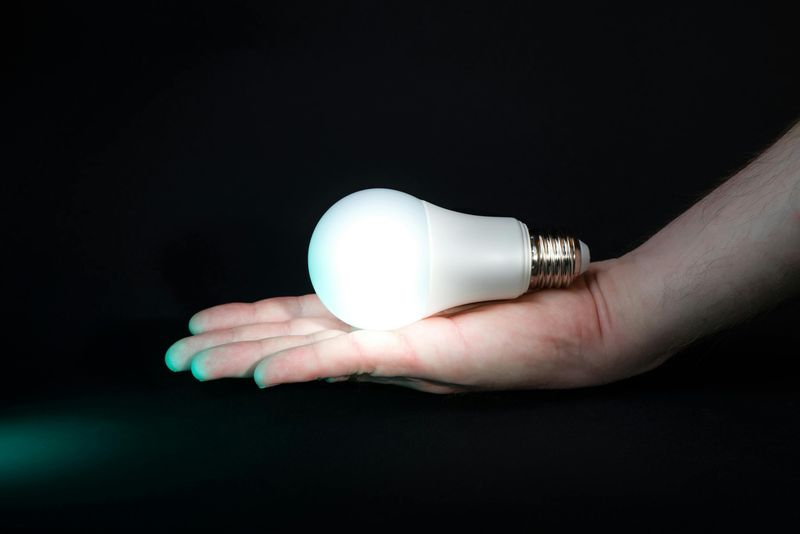
Lighting might seem like a small expense, but those glowing bulbs quietly add up each month. LED lights use about 75% less energy than traditional ones and can last over a decade—meaning fewer bulb changes and more savings.
Pair those lights with smart power strips, and you’ll stop paying for devices that keep sucking energy even when turned off. These “phantom loads” can account for up to 10% of your electric bill.
Once you switch, you’ll notice your house feels more efficient—like it’s finally working with you, not against you. Bonus: LEDs also give off less heat, which means your air conditioner won’t have to work as hard in the summer.
2. Unplug Electronics When Not in Use
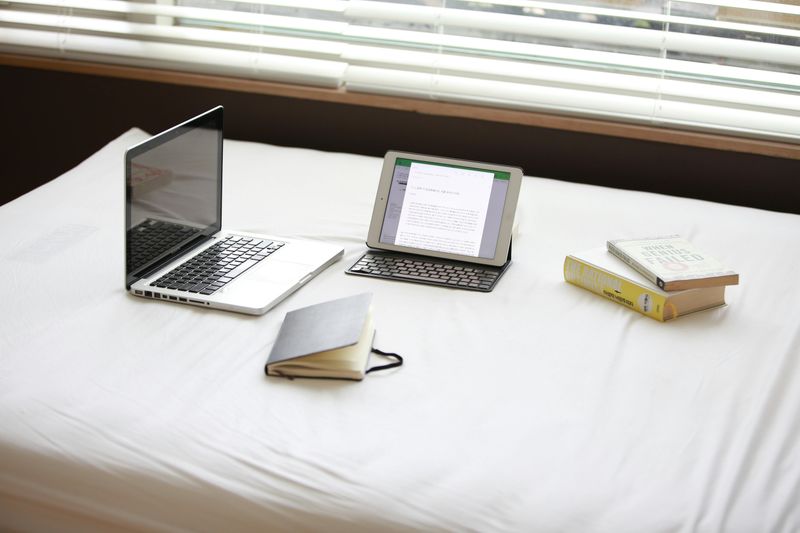
You’d be shocked by how much power your electronics pull just sitting there, blinking quietly in the corner. Chargers, TVs, microwaves, and game consoles are all sneaky energy hogs.
Unplugging them might sound annoying, but using a single surge protector can make it effortless. Flip one switch, and you’ve just shut down an entire cluster of vampires in one go.
Think of it like turning off the lights before leaving a room—it takes two seconds and saves money over time. The next time you see that little red standby light glowing, remember: you’re paying for that glow.
3. Use a Programmable or Smart Thermostat
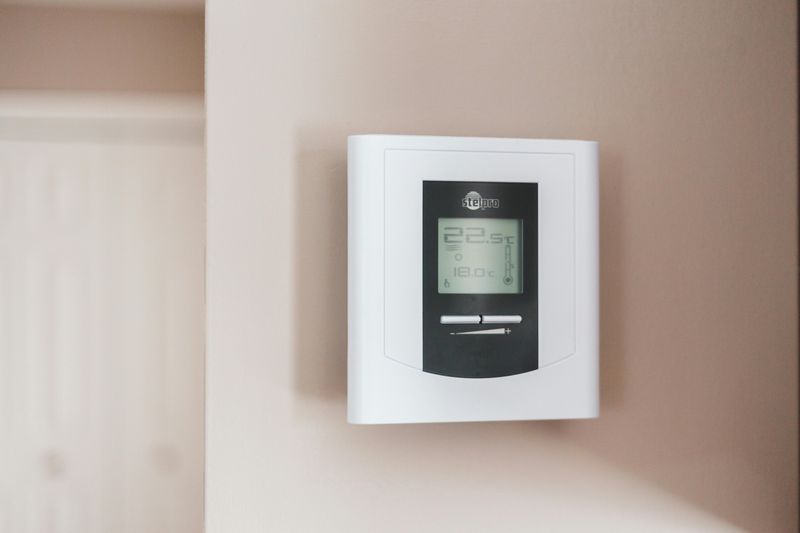
Temperature control eats up a huge chunk of most utility bills. A programmable thermostat gives you control without the constant fiddling. Set it to lower the heat or A/C while you’re asleep or away, and it will automatically adjust when you return.
If you upgrade to a smart version, it learns your habits and optimizes energy use based on your schedule. It’s like having a tiny, money-saving assistant living in your wall.
Over time, those small adjustments can shave hundreds off your yearly energy costs—all without sacrificing comfort. It’s one of those rare upgrades that feels both futuristic and financially responsible.
4. Seal Windows and Doors

Even the smallest draft can undo all the hard work your heater or air conditioner is doing. Warm or cool air escapes, and your system has to run longer to make up for it.
Grab some inexpensive weather stripping or caulk, and seal up gaps around windows, doors, and vents. It’s a quick project that can make your home noticeably cozier within hours.
Not only will your utility bills drop, but you’ll also notice fewer cold spots and less outside noise sneaking in. It’s one of those satisfying home improvements where you can feel the difference instantly.
5. Clean or Replace Air Filters Regularly
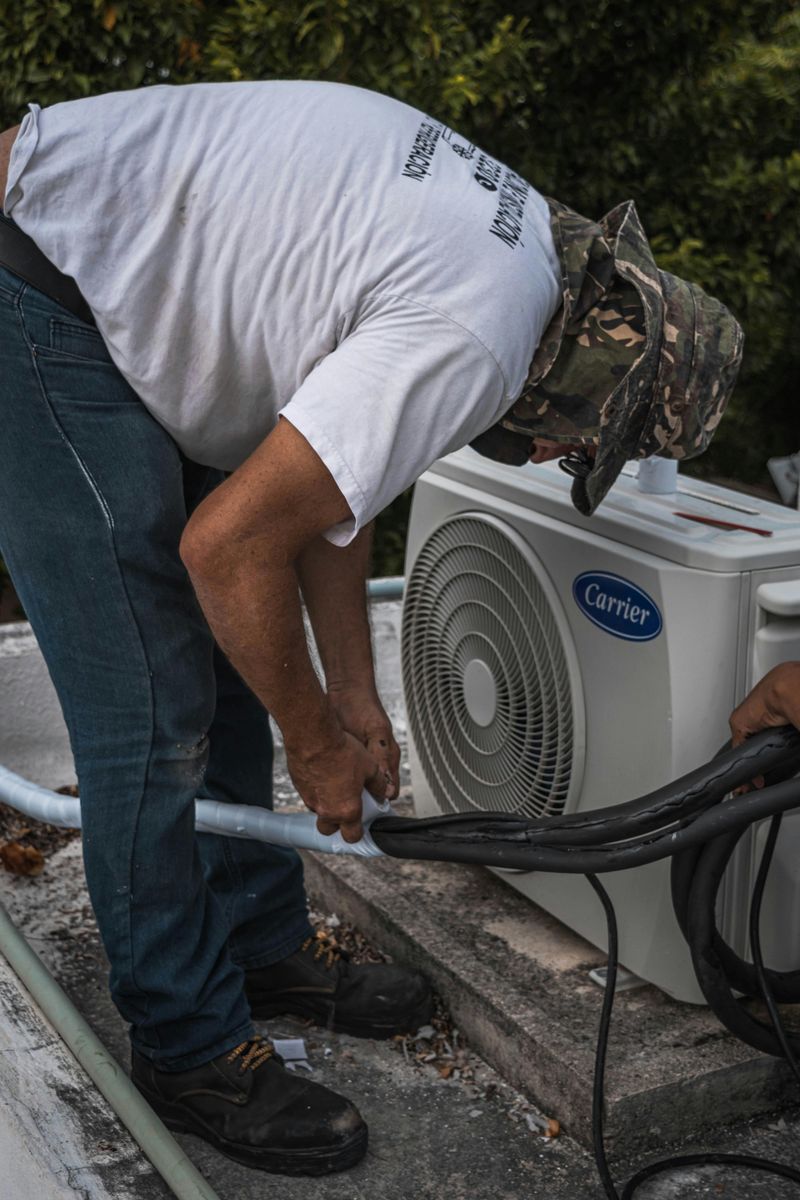
A dirty air filter is like forcing your lungs to breathe through a pillow—it just doesn’t work efficiently. When filters clog up, your HVAC system has to strain harder, driving up both energy use and costs.
Changing or cleaning them every one to three months keeps air flowing freely and your home’s temperature more consistent. It also helps extend the life of your heating and cooling system.
You’ll breathe easier, literally. Clean filters mean cleaner air, fewer allergens, and lower bills—a win all around for such a small task.
6. Wash Clothes in Cold Water
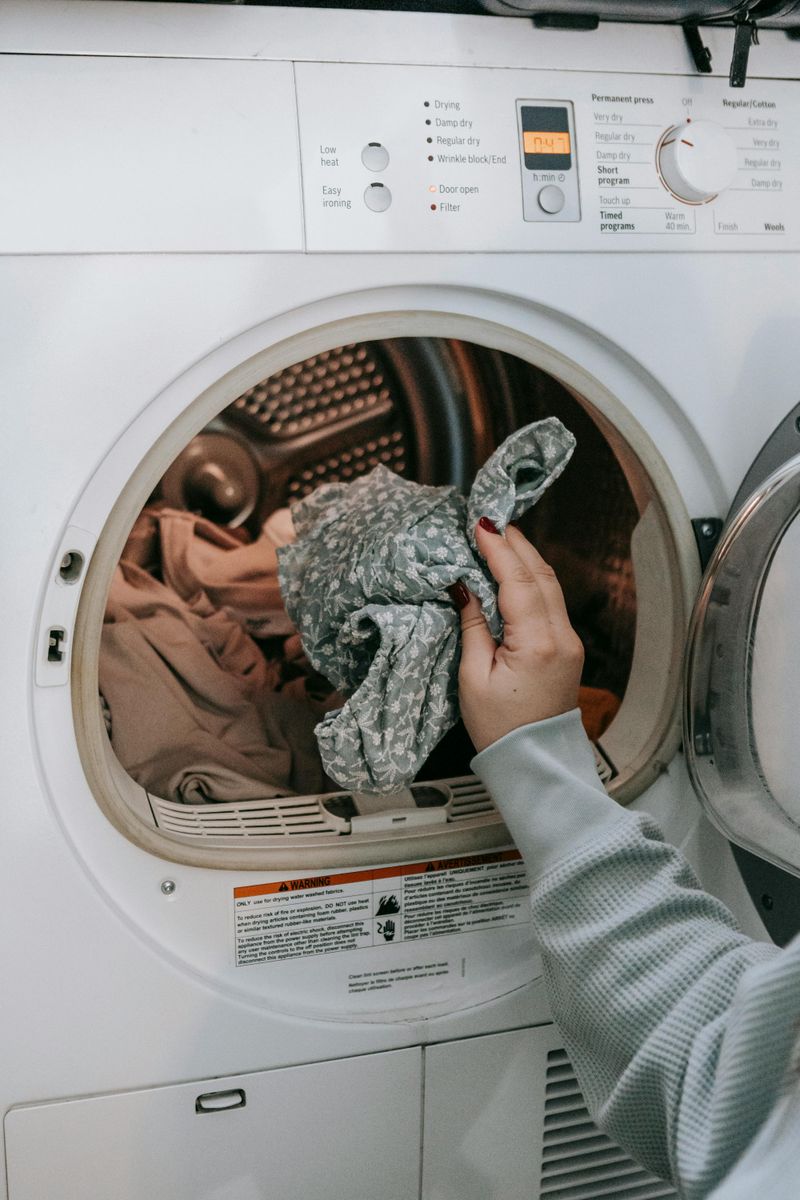
Hot water isn’t necessary for most laundry loads, and heating it accounts for a big portion of your utility costs. Modern detergents are designed to clean just as effectively in cold water.
Cold washes also help your clothes last longer by preventing fading and shrinking, which means fewer replacement costs down the line.
When you add it up—less energy, longer-lasting clothes, and no difference in cleanliness—it’s one of the easiest changes with immediate payoff.
7. Run Full Loads in the Washer and Dishwasher
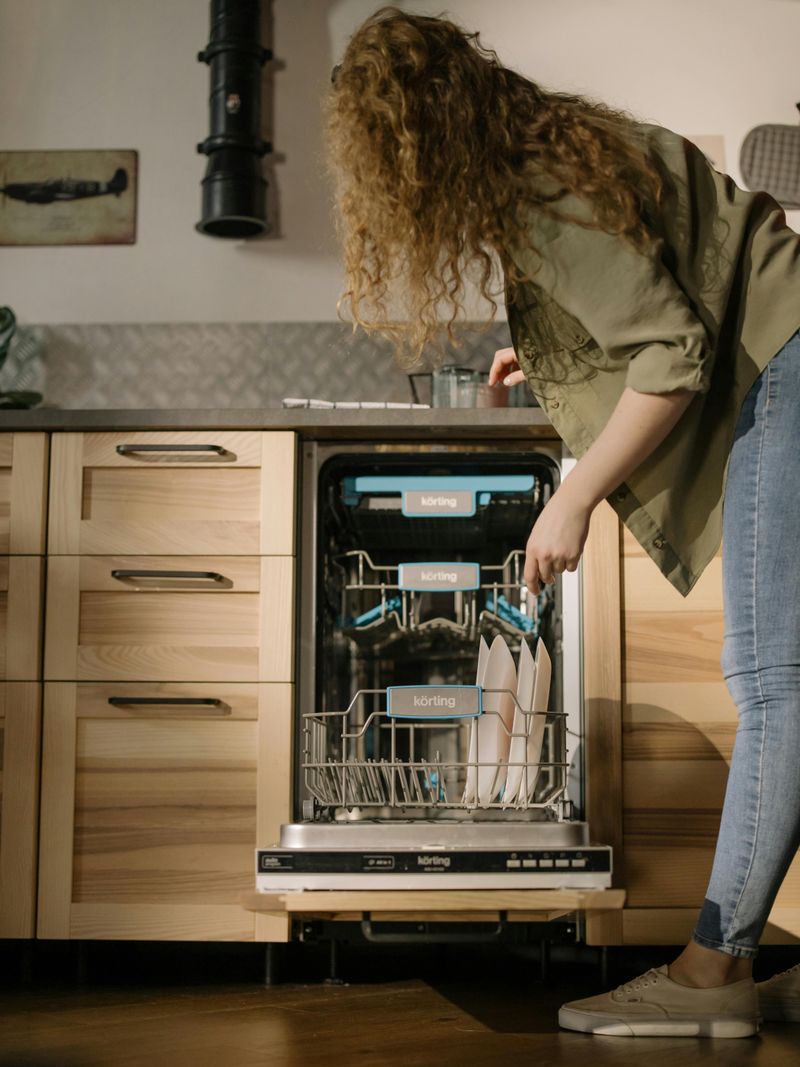
Running half-empty machines wastes water, electricity, and detergent. Waiting until you have a full load maximizes every cycle’s efficiency.
If you’re worried about odor or mildew in between loads, just leave the washer door open slightly to let it air out. With dishwashers, use the eco or air-dry setting to save even more energy.
This tiny shift in habit can save hundreds of gallons of water and countless kilowatts per year. You’ll barely notice the change—except when the bill arrives.
8. Fix Leaky Faucets and Toilets
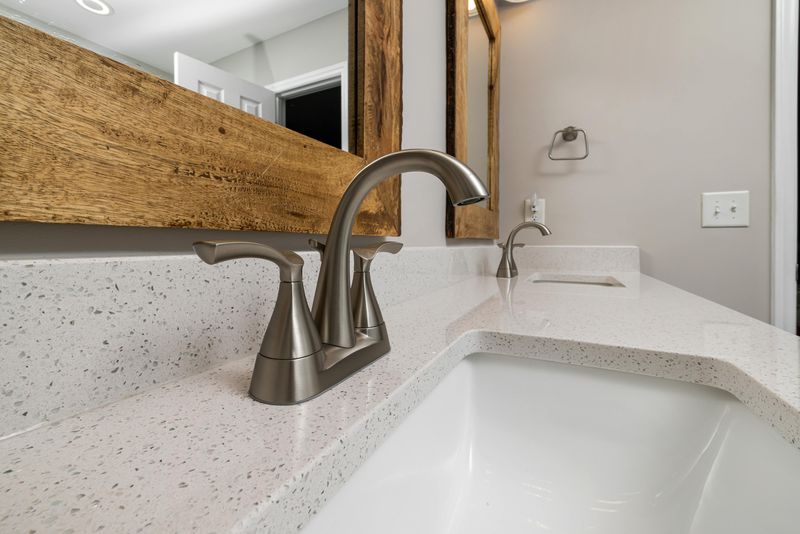
That little drip-drip-drip sound is the sound of money leaving your wallet. A single leaky faucet can waste thousands of gallons annually, especially if it’s hot water.
Toilets are another silent offender—sometimes the leak is invisible but constant. Try adding a few drops of food coloring to the tank; if color appears in the bowl after 15 minutes, you’ve got a leak.
Most fixes are cheap and take less than an hour. The savings show up almost immediately, and your plumbing will thank you for the attention.
9. Install Low-Flow Showerheads and Faucets
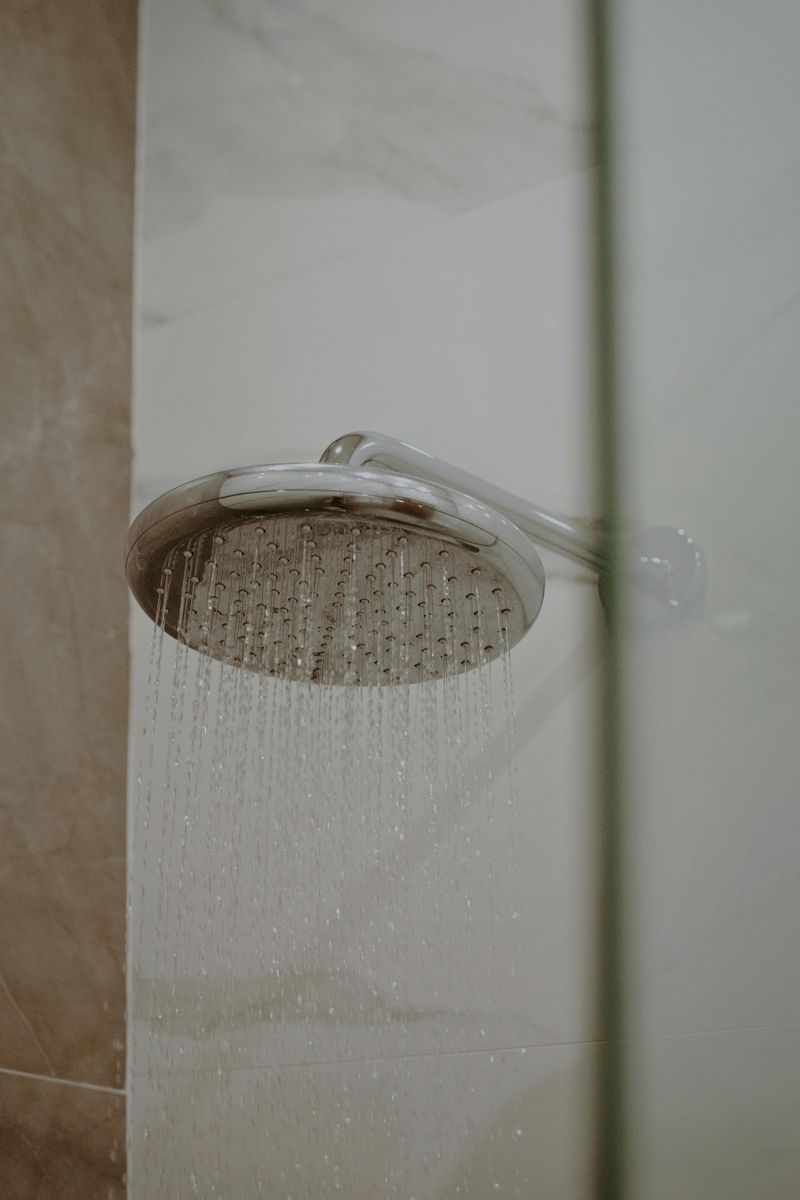
Saving water doesn’t mean sacrificing comfort. Today’s low-flow fixtures are designed to feel just as powerful while using up to 50% less water.
They’re easy to install and instantly reduce both your water and energy bills—because you’re also heating less water.
It’s a small change that feels surprisingly luxurious once you realize you can shower guilt-free, knowing every drop counts (and costs less).
10. Use Ceiling Fans Strategically

Fans don’t actually cool the air—they circulate it. But that circulation can make a room feel several degrees cooler in summer or warmer in winter.
In warm months, set your fan to spin counterclockwise to create a breeze. In winter, reverse the direction to push warm air down from the ceiling.
Used correctly, ceiling fans can reduce your need for A/C or heating and save around 10% on energy costs. Think of them as your home’s most underrated energy assistant.
11. Close Blinds on Hot Days and Open Them on Sunny Winter Mornings

Sunlight can be your best friend or worst enemy depending on the season. In summer, closing blinds or curtains during the day keeps your home cooler by blocking radiant heat.
Come winter, let that sunshine pour in—it’s free natural heating that helps cut furnace time.
This one’s all about timing and awareness. You’re not just managing light; you’re managing temperature without spending a dime.
12. Lower Your Water Heater to 120°F

Most water heaters are set way too high—often around 140°F, which is unnecessary and even risky. Lowering it to 120°F provides plenty of hot water while cutting energy waste.
It’s a simple adjustment that can reduce water-heating costs by up to 10%. You’ll also lower the risk of scalding and extend the life of your water heater.
You’ll still enjoy hot showers, but your wallet and appliances will breathe a sigh of relief.
13. Upgrade to Energy Star Appliances
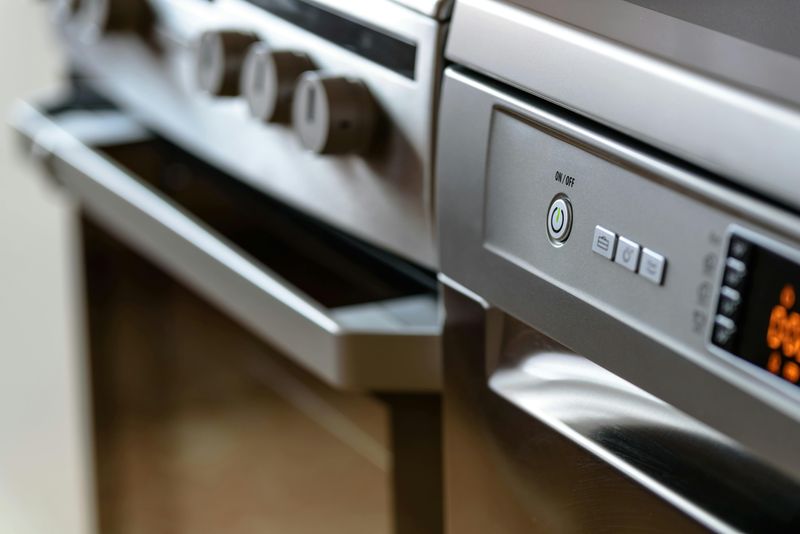
Older appliances can be energy hogs. Upgrading to Energy Star models might cost more upfront, but the long-term savings more than make up for it.
These appliances are designed to use less water and power while performing just as well—or better. From refrigerators to washing machines, they’re the smarter choice for both your home and the environment.
Think of it as investing in future savings. Every month your bill comes in lower, you’ll remember why that upgrade was worth it.
14. Track Your Energy Usage with Your Utility App

Knowledge really is power—especially when it comes to your power bill. Most utility companies now offer apps or dashboards showing where and when you’re using the most energy.
Once you spot the peaks, you can adjust your habits: run appliances during off-peak hours or identify which devices cost you the most.
Turning energy tracking into a personal challenge is actually kind of fun. Watching the numbers drop feels like leveling up in a money-saving game.
15. Make Saving a Household Goal

Saving energy becomes effortless when everyone in the house gets on board. Kids love a good challenge, and adults enjoy seeing results.
Set a family goal—like reducing the electric bill by 10%—and celebrate when you hit it. Maybe the reward is a movie night or a pizza dinner.
When saving money turns into teamwork, it becomes a habit instead of a chore. And those little habits add up to real, long-term savings.

Comments
Loading…